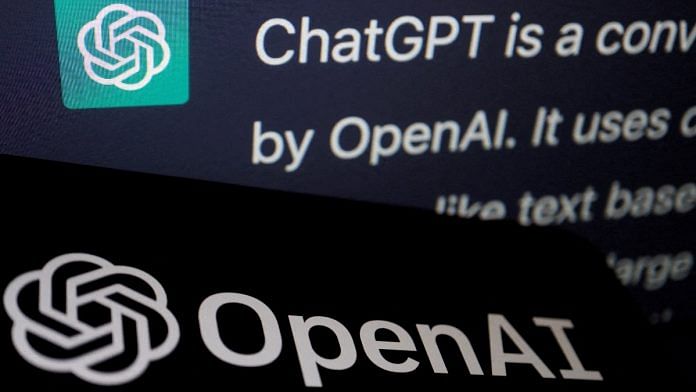Thank you dear subscribers, we are overwhelmed with your response.
Your Turn is a unique section from ThePrint featuring points of view from its subscribers. If you are a subscriber, have a point of view, please send it to us. If not, do subscribe here: https://theprint.in/subscribe/
Well, the technical term for these models would be “Transformer models,” but for simplicity’s sake, we’ll call them “Generative AI models.”
I will attempt to answer three questions in this article:
- What are Generative AI models?
- How do they work?
- What makes them so special?
So, without further ado, let’s begin:
What are Generative AI models?
As the name suggests, these are AI (Artificial Intelligence) models that can generate data. Most people are familiar with text and image generation models like ChatGPT, Dall-E, or midjourney, but realistically, we can apply these models to generate any kind of data, be it audio, video, or even binary files.
How do they work?
Simply put, they work using a Neural Network architecture called Transformer Neural Networks. But the real question is, how did they get so good? The answer is “Attention.” The 2017 research paper by Vaswani et al. really changed the approach we took towards using Transformer models for generative AI.
Let’s take an example using a text input: “A boy sits on a bench” and see how the model would generate the next part of the sentence. A large language model, when given the input prompt “A boy sits on the bench,” processes the sentence word by word while assigning weights or probabilities to each word. These weights are based on the context of the sentence and the patterns the model has learned from the text it has been trained on.
For instance:
- “A”: The model recognizes that “A” is an indefinite article introducing a singular noun.
- “boy”: The model understands that “boy” is the main subject.
- “sits”: The model identifies “sits” as the verb, indicating an action performed by the boy.
- “on”: The model identifies “on” as a preposition.
- “the”: The model recognizes “the” as a definite article modifying the noun “bench.”
- “bench”: The model understands “bench” as the object of the preposition “on.”
Based on these weighted understandings of the individual words, the language model generates the next sentence. For example, it might generate: “The boy sits on the bench, watching the birds play in the park.”
I hope the above explanation clarifies the process of assigning a weight to each word in the provided input and using this context and training data to pay more or less attention to certain words in the input sequence.
Lastly, but most importantly, why are they important?
In a single sentence: “They change the paradigm of problem-solving from data availability to data generation.” Previously, if you needed thousands of examples of an image for any purpose, the only option was to hire a photographer and capture those images. Now, anyone with a single image can upload it to an image generation model and ask the AI to create as many variations as they need.
This shift in mindset, I believe, will allow us to look at problems differently not just in Data Science or Information Technology, but in other fields as well.
These pieces are being published as they have been received – they have not been edited/fact-checked by ThePrint.

